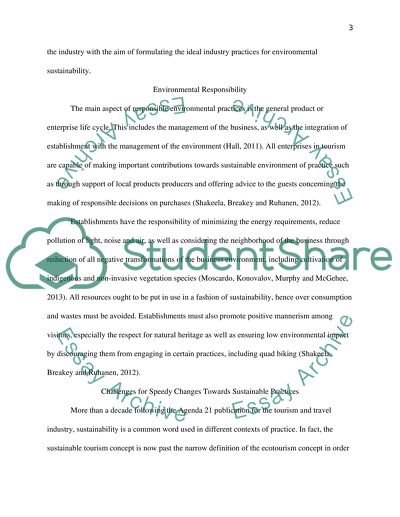Cite this document
(“Managing the Environment for Tourism and Events Essay”, n.d.)
Managing the Environment for Tourism and Events Essay. Retrieved from https://studentshare.org/tourism/1666506-managing-the-environment-for-tourism-and-events
Managing the Environment for Tourism and Events Essay. Retrieved from https://studentshare.org/tourism/1666506-managing-the-environment-for-tourism-and-events
(Managing the Environment for Tourism and Events Essay)
Managing the Environment for Tourism and Events Essay. https://studentshare.org/tourism/1666506-managing-the-environment-for-tourism-and-events.
Managing the Environment for Tourism and Events Essay. https://studentshare.org/tourism/1666506-managing-the-environment-for-tourism-and-events.
“Managing the Environment for Tourism and Events Essay”, n.d. https://studentshare.org/tourism/1666506-managing-the-environment-for-tourism-and-events.


